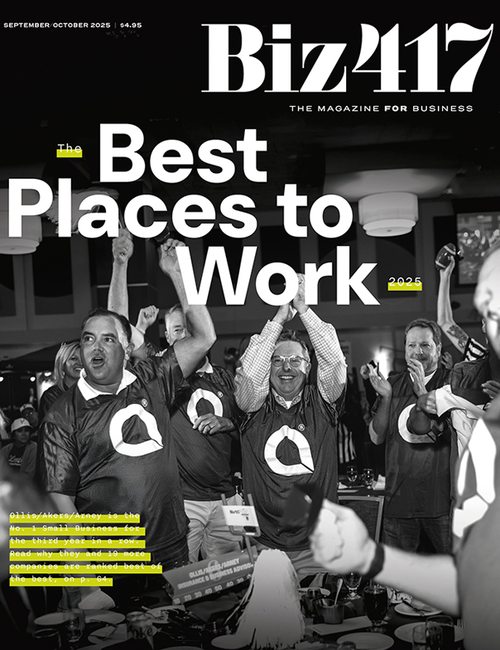
Organizational Transformation
Organizational transformation doesn’t happen by accident.
By Matt Battaglia
Feb 09 2016 at 12:10 a.m.

Organizational transformation doesn’t happen by accident. It takes intentional communication and a dedicated plan of action. Both of these elements are required. Action without communication will lead to organizational thrashing. Employees will not feel a sense of purpose nor have clear direction. This leads to an unmotivated workforce. On the other hand, communication without action leads to a culture of mistrust. Employees will think their leaders are little more than talking heads, and lack the ability to move forward. This too, can be very demotivating for employees.
For true organizational transformation to take place, business owners and managers must be willing to commit to both talking the talk and walking the walk. Intentional communication begins by casting the vision of what the organization stands for and where the organization is headed. Start by identifying and agreeing on shared values. Picture someone in the organization who embodies everything you think the organization stands for. Begin listing the characteristics and personality traits defining that person. Repeat this process with others in the organization and identify common themes. These shared values could be identified as your organization’s Core Values—values held so close to the core of the organization they help define the culture and the people. Once Core Values are identified (or if they have already been), it is up to the leaders in the organization to intentionally and constantly instill these values into the people and processes of the organization:
• Look for ways to embed the Core Values into all processes related to hiring and onboarding new employees, employee mentoring programs and other company traditions.
• Seek to rebrand existing documents and processes to emphasize the Core Values.
• Repeat the Core Values and talk about why they are important at regular team meetings. If you’re not having regular team meetings, then start doing so (just make sure they are planned, organized and implemented effectively!).
• Relate all new business initiatives to the Core Values.
• Ensure all key leaders or managers of the organization are championing the Core Values publicly through communication and privately by leading with action.
Using the Core Values as a foundation, next create a Strategic Plan that casts a vision for where the organization is headed and provides action steps on how to get there. This plan should be both qualitative and quantitative in nature to set a clear direction for the organization. By creating a dedicated plan of action that uses your Core Values as a foundation and your Strategic Plan as the framework, the organization will be setting a proactive tone rather than settling for a reactive one. This develops a sense of purpose and excitement throughout your organization. The action plan should include action steps that are specific and measurable and identify a champion responsible for driving the plan throughout the organization and setting check-in dates for reporting any progress or obstacles back to leadership.
Finally, transformational organizations ensure they have the right people in your organization. Employees who are passionate about their work will thrive under a strong sense of purpose and direction. This will help clarify whether or not your people are aligned. Some misaligned employees will re-engage throughout this process while others resist. Those who resist will either be permanently disengaged or even toxic to your organization. Disengaged employees may slow down organizational transformation but should not present any major roadblocks. Toxic employees, however, tend to carry a lot of influence within the organization and can present major challenges if they assert their influence in a vocal way. These employees should not be ignored and should be given the opportunity to move elsewhere in the best interest of the organization and the employee.
Using this model intentional communication and a strategic plan of action, organizations can transform from a mundane work environment to a workplace of passionate and purposeful employees.
Matt Battaglia is business efficiency expert and Engagement Specialist with People Centric Consultant Group that helps businesses create clear direction, intuitive processes, and motivated employees.








